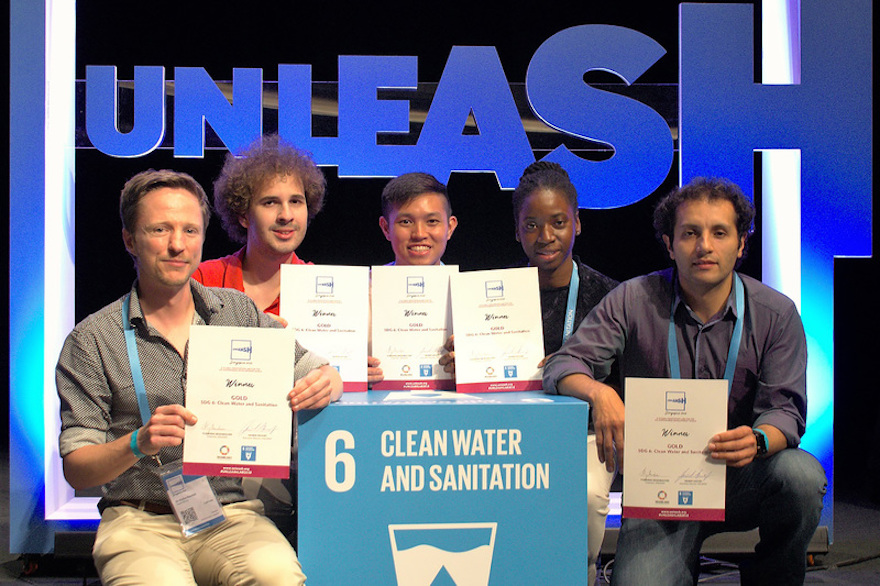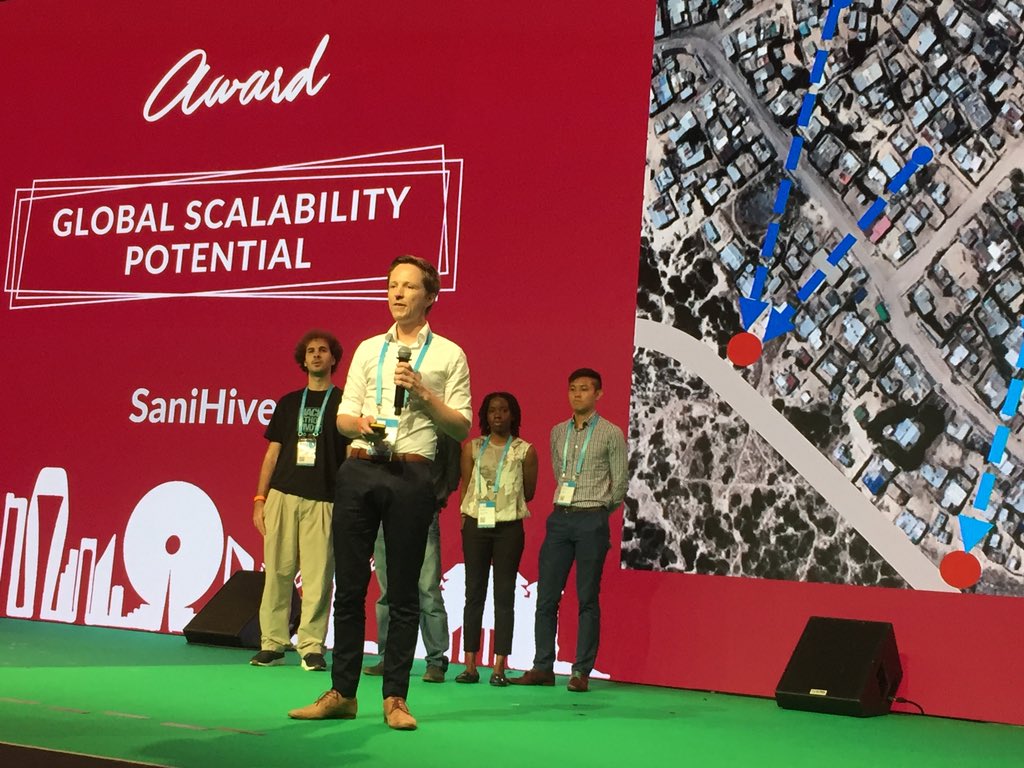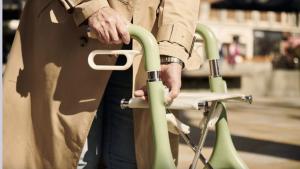
South Africa has a vast amount of underdeveloped urban areas that fail to provide the basic living conditions necessary for its inhabitants. Informal settlements and townships remain some of the most densely populated residential areas, resulting in a lack of access to basic services such as sewerage, electricity, roads and clean water, adversely affecting residents' quality of life.
The SaniHive, a newly launched self-sustaining toilet that converts waste into products of value, like fertiliser and compost, presents enormous potential for areas like these.
Developed by Dr. Dyllon Randall, a senior lecturer in the University of Cape Town’s Department of Civil Engineering, the SaniHive prototype scooped both this year’s Global Scalability Potential Award and the Global Sustainability Prize. Randall and his team of innovators presented their model at the UNLEASH 2018 event. Hosted in Singapore, UNLEASH brings together 1000 selected young talents from around the world for 9 days, to tackle issues of sustainability and development with immersive co-creation and problem solving.
In an interview with the Cape Argus, Randall said: “The toilet hub is not connected to a conventional sewage network, requires no electricity to operate and it can be easily scaled up by merely increasing the number of toilet hubs using the profits generated from the waste recycling. It contains a urine treatment process as well as a faeces collection system for eventual composting. It’s different to current toilets in this area because it separates the urine and faeces within the toilet while using no water.”

Inspired by the structure of the honeycomb, the SaniHive prototype maximises space by occupying a limited amount, utilises the least amount of resources to operate, and contains a urine-treatment process as well as a faeces-collection system for eventual composting.
Using Khayelitsha as a case study during the development of the prototype, Randall and his team (from Colombia, Singapore, Uruguay and Barbados) discovered that the area’s current system of communal toilets sees waste dumped into the nearby wastewater treatment plant. This was immediately identified as an issue in need of addressing.
“There’s no recovery of value, or upliftment and empowerment of the community,” explains Randall. “But if you have this system, you can create substantial value from the waste.”
Randall and his team currently have plans to approach funders to help commercialise their SaniHive technology. Hoping to create a paradigm shifts in how we view waste, it is the aim of all involved to drum up public enthusiasm for such technology and develop innovative solutions to some of the socio-economic challenges facing our country.
Read more on design and innovation for waste solutions.
6 designers who use waste as inspiration for new products
The People’s Fridge is an effort to reduce food waste and combat hunger





